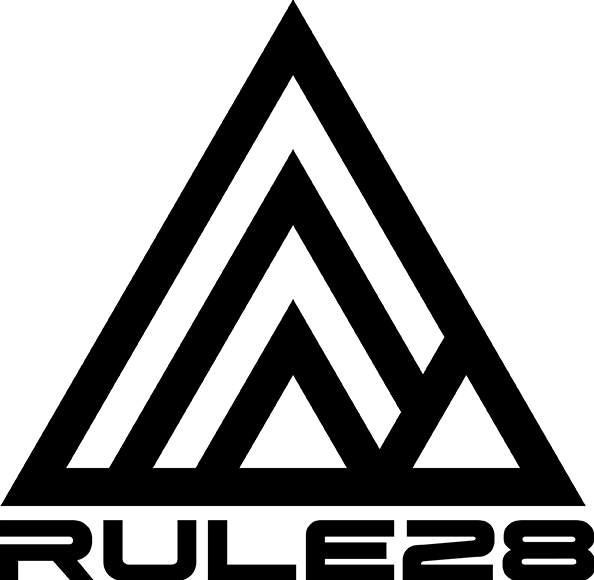TT and Road Race Suit
Over two years in the making, the TT suit is the culmination of extensive testing to bring you the fastest suit possible.
Fabric Testing
To begin this process, we conducted (to our knowledge) one of the most extensive aerodynamic fabric testing studies ever. The aim was to find novel fabrics that could provide the greatest aerodynamic advantages in two seperate areas - textured and smooth fabrics.
Textured fabrics are required in areas where the boundary layer of air detatched from the rider, creating areas of low pressure. Placing textured fabrics in these areas energise the boundary layer, turbulating the air stream and reducing the low pressure area - reducing drag,
Smooth fabrics are required in areas of more laminar air flow, where the boundary layer of air is still attached to the rider's body, producing minimal drag. Turbulating this air flow would be detrimental to the rider, increasing drag and so fabrics that result in the least surface drag are the most desirable.
Fabrics was tested in a specially designed wind tunnel at the Silverstone Sports Engineering Hub on a 100mm diameter cylinder, the closest approximate shape of a lower leg.
The full results of this testing can be downloaded HERE
CFD Modelling
CDF modelling was conducted in a 3D scan of an elite time triallist in order to identify areas of interest on the body and pressure drag was occouring the most.

CDF Pressure Plot Study
Pattern Development
We partnered with a leading aerodynamiscist from Formula 1 in order to to develop 8 skinsuit designs. Drawing from the best performing fabrics from our testing and a pannel layout informed by the CDF results. These 8 suits were then tested in the wind tunnel as the Silverstone Sports Engineering Hub.

Suit Development
Fabric tension and creasing play very important roled in ensuring that the suit performs optimally. The aerodynamic characteristics of a fabrics can be significantly reduced if it is pulled too tight. Wrinkles in the suit can dissript airflow and increase drag. To ensure optimal fabric tensions and minimal wrinkling, we 3D printed a mannequin from our 3D scan for the prorotype suits to be built around. This level of precision could only be achieved with a mannequin as a rider couldn't stay still enough for the many hours needed for the suit's development.
This mannequin was also then used for wind tunnel testing of the suits allowing us to eliminate the variable that is rider movement when testing the different options.

Mannequin and prototype suit in the wind tunnel at Silverstone Sports Engineering Hub

